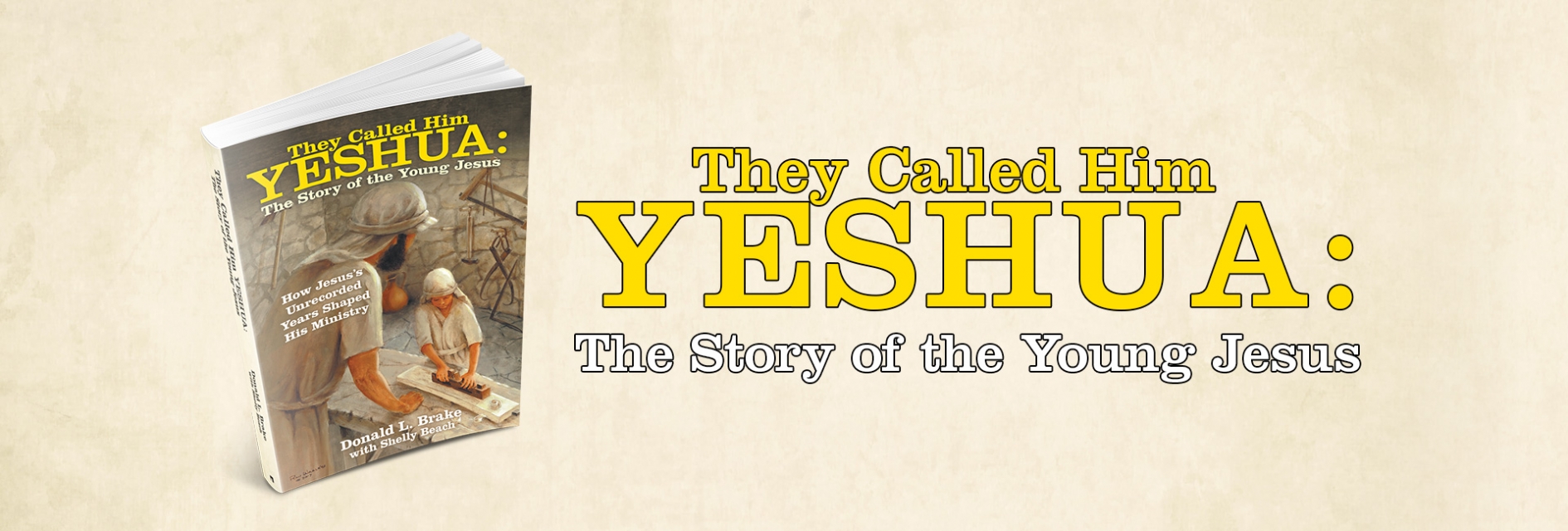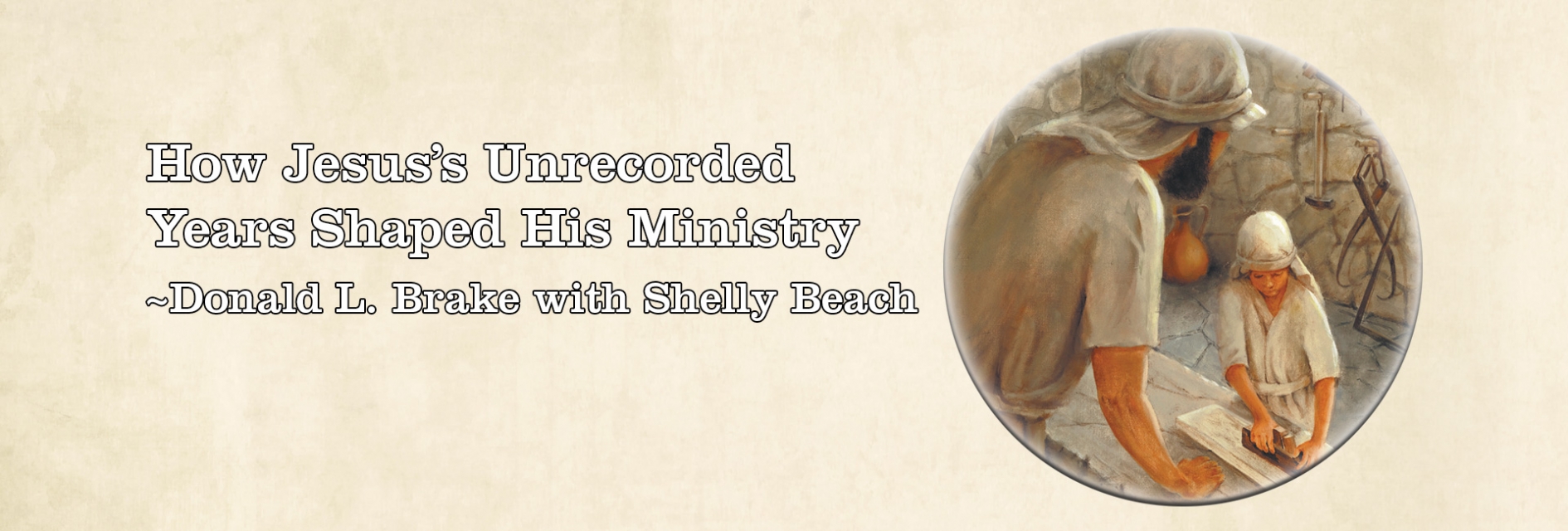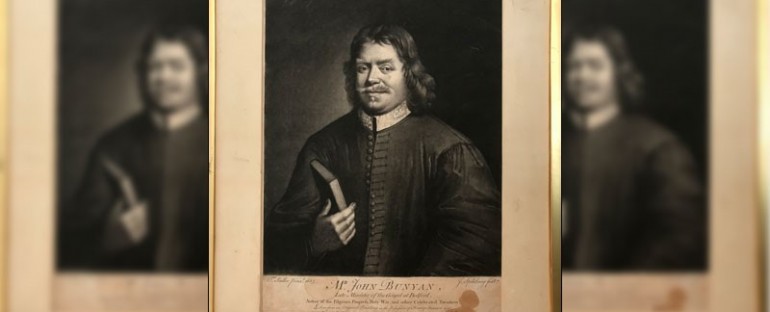

LEWISVILLE, TX: Meandering through the narrow winding roads surrounded by hedges brushing the car from time to time and meeting cars that seemed to be on the wrong side of the road, I finally arrived at a picturesque two-story manor—the home of the Walkers. The long search for a legendary bookseller in Lydbury North, Salop, England began a longtime friendship with Les Walker. It also set me on an unusual life’s journey.
My first encounter with Les Walker was a letter he sent to me as a new professor in Oregon. The bookseller was offering to sell me a 1590 Geneva Bible and a 1569 Bishops’ Bible. Les had heard from a colleague of mine of my interest in purchasing a few rare Bibles to use in teaching the history of the Bible.
Because of my limited resources, I reluctantly sent a response by “snail-mail” (no internet in those days) and then checked the mailbox daily in anticipation of my grand purchase.
Bible History arrives in the mail
Finally, the books came and my colleague, Dr. Edward Goodrick, author of the New International Version Concordance, and I took the Bibles to his study and began to research them to verify their authenticity.
To our surprise, the 1569 Bishop’s Bible was actually a more important last printing of the 1569 Great Bible. It didn’t seem possible that Les, an expert in the field, could have made such a mistake. Too late, the hook was set.
My career as a Bible collector began with a long and amicable association with the bookseller.
Image by Simon Sikorski for https://www.pexels.com/@simon-sikorski-441560 (Note: This is not the seller’s cottage )
I was about to meet the man I had corresponded with for so long.
Les was authorized to sell by mail only. His bookshop, Nelson’s Bookroom, was a converted carriage house with racks of books lining the walls and freestanding bookshelves in rows throughout the room—and cubby holes aplenty. My bibliophile’s heart pounded with excitement as my eyes surveyed what was before me.
The rest of the afternoon I pulled books from their shelves comparing them with my “Wants List” and set aside the ones to buy. Because he was only authorized to sell by mail, he was required to send the books as opposed to me taking them with me.
Darkness drew my unexpected long afternoon to a close. As I pondered where to spend the night in an area that I would describe as the boondocks, Mrs. Walker invited me to spend the night in their upstairs guest room. I couldn’t have imagined a better end to an exciting day of rummaging through endless scores of theological and historical books including rare editions of Bibles.
The perfect English cottage
Mrs. Walker led me to the upstairs guest room. The room was spacious, the classic rot iron bed and white painted brick fireplace making the room all I imagined in an English cottage. The view outside was stunning.
The lush green meadow was dotted with grazing sheep constrained only by grassy ditches. Rising at the end of the meadow perched on a hilltop was what some called Ethiopian’s former Emperor, Haile Selassie’s, summer mansion. It may have been a castle he visited while in exile in 1936 since his exile residence was at Fairfield House, Newbridge, Bath. At any rate, a strange coincidence for a former missionary to Ethiopia.
As I gazed into the quaint fireplace, Mrs. Walker informed me the house was built in 1776. Imagine the irony rushing through my mind. Here I am in England, in a house built the year of one of America’s most sacred dates. To add to the experience, when the Walkers moved in, they found a partially burned quill pen in the corner of the fireplace.
This was all too much excitement for an American anglophile.
The night’s sleep was interrupted as the bright sun fell on my face and forced my eyes open. I rolled out of bed in anticipation of the day. I dressed and began a day that would enhance my life beyond compare.
Waking to a fresh day in England’s Countryside
As I slowly descended the very large winding staircase, the booming sound of classical music echoed throughout the house. It was like God orchestrating the heavenly angels to complete my once-in-a-lifetime experience. From that day, I fell in love with classical music. To add to my new experience, I learned Mrs. Walker sang Gregorian Chants in their local church.
Once I heard her recording, I knew I had to have recordings of these beautiful chants. Perhaps very strange for a small-town Illinois guy living in Texas to love more than country music.
After our vegetarian breakfast, Les invited me into his special room in the loft of the house to see his “real treasures.”
As he opened the door and invited me in, my eyes fell on the famous 1657 Walton’s Polyglot, a massive six-volume Bible translated in multiple languages. While it caught my attention, Les proceeded to show me other valuable and scarce Bible treasures.
Then came the crème de la crème: a small, very rare 1557 Geneva New Testament ascribed to William Whittingham, an English reformer. It was a must to buy even though the price was more than budgeted. Later, a few of the loose leaves were framed and given to special friends.
The most difficult part of my return home was waiting for the gunny sacks, yes, burlap bags filled with the treasures I had bought. One last surprise came in the shipment. Les Walker sent me a gift: a portrait of John Bunyan (author of Pilgrim’s Progress) by Jonathan Spilsbury, after Thomas Sadler, published by Robert Sayer mezzotint (1685).
While many images of Bunyan are available, I learned later that this particular image is limited to only, possibly, two other known copies.
The portrait was a wonderful treasure from a man I met only once. Yet he became a friend and a business associate who changed the course of my life. He helped turn me from from a mere observer of the Bible to a collector of the world’s treasures. Les passed away a few years ago. His passing left a giant hole in my collecting enthusiasm.
The results my years of scouring used and antiquarian bookstores, bidding at national auctions and hounding collectors to sell me Bibles missing in my collection, can be seen at the Dunham Bible Museum at Houston Baptist University and read in my book, A Visual History of the English Bible.
About the Author
Written by Donald L. Brake Sr.
Donald L. Brake Sr., PhD, Dallas Theological Seminary; Dean Emeritus, Multnomah Biblical Seminary of Multnomah University. A former pastor, he lives with wife Carol, in Lewisville, Texas. The author has served as a Missionary in Ethiopia, SIM; Professor of Theology, Multnomah Biblical Seminary; Pastor, North Carrollton Baptist Church; President, Institute of Holy Land Studies (now Jerusalem University College; and dean Multnomah Biblical Seminary; and co-founder Living Word Bible Museum. He currently is a freelance writer. The author’s experience as president of the Institute in Jerusalem has given him insight into the historical, cultural, and geographical background of Israel and the life of Christ. Dr. Brake has led tours to the Holy Land and has taught the life of Christ and the Bible’s historical/cultural backgrounds for more than thirty-five years. Dr. Brake wrote a series of fifteen articles for the St. Louis Metro Voice and has published the Wycliffe New Testament. His book A Visual History of the English Bible was published in 2008 (a 2009 Evangelical Christian Publishers Association Christian Book Award finalist); Jesus, a Visual History with Todd Bolen, 2014; A Monarch’s Majestic Translation, in 2017; and A Visual History of the King James Bible, in 2011 (with Shelly Beach; also translated into Portuguese as "Uma Historia Visual Da Biblia King James"), a commemorative edition celebrating four hundred years of the King James Version. His major article “Versions, English” was published in The Interpreters Dictionary of the Bible, vol. volume 5, Abington Press. His most recent work is They Called Him Yeshua: the Story of the Young Jesus, 2019.


